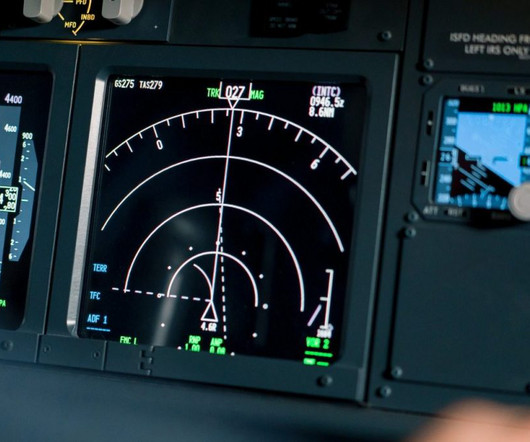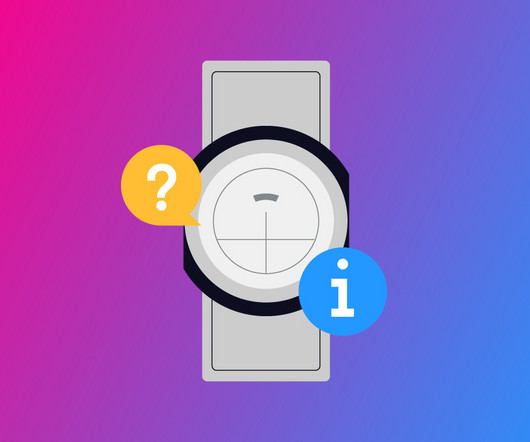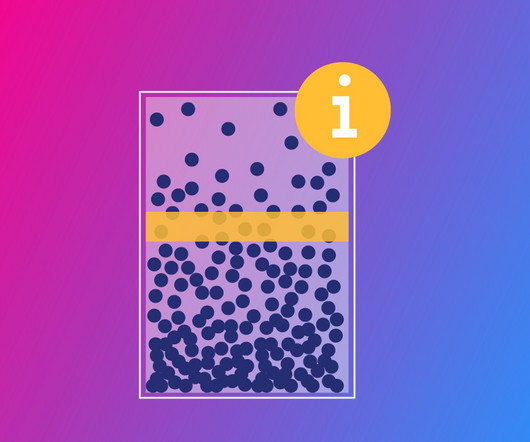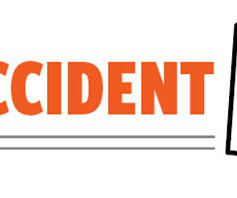Indicated Airspeed Versus True Airspeed | 5 Types of Airspeed
Thrust Flight
JULY 24, 2024
In this article, we’re going to compare indicated airspeed with true airspeed and help you get a deeper understanding of the difference between the two. Like its partner in crime, the altimeter, your airspeed indicator gives you vital information about the plane you’re flying.



















Let's personalize your content